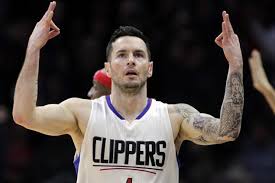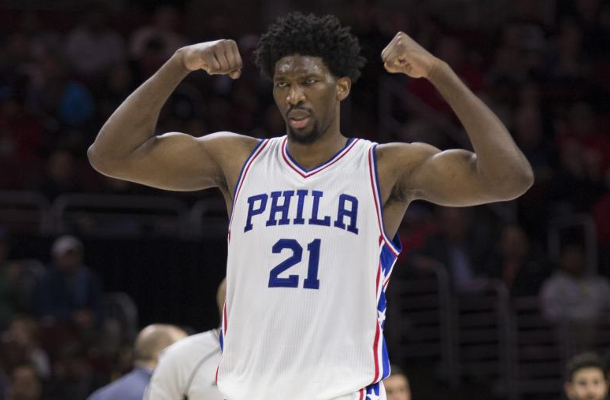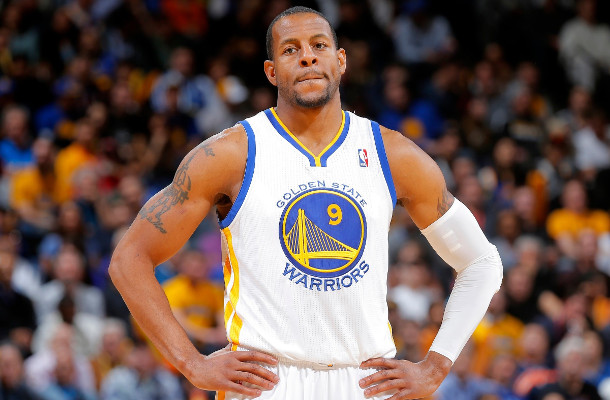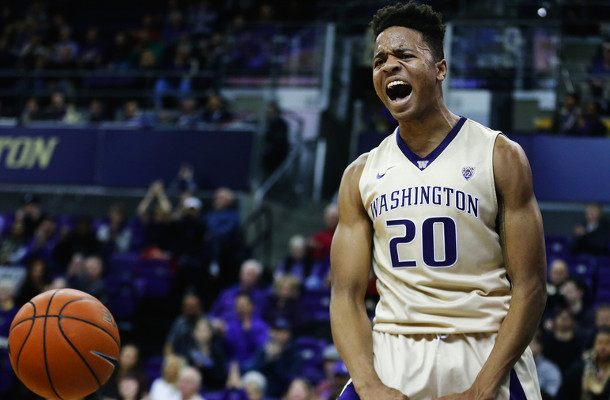The National TV Deal and How That Impacts Sixers Upcoming Offseasons
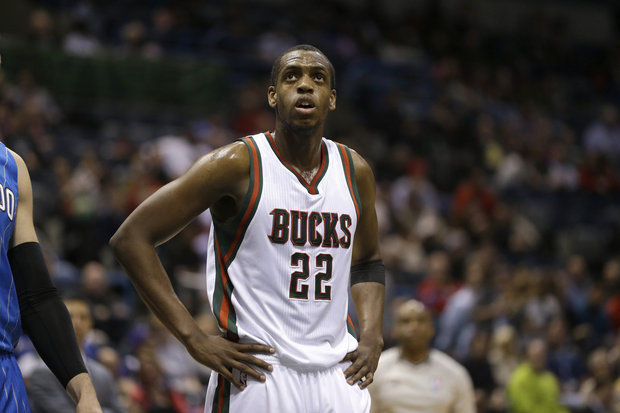
The NBA’s new 9 year, $24 billion national TV deal, which will kick in after the 2015-16 NBA season, will change everything you know about the NBA.
And, with the NBPA announcing its intention to not allow a smoothing of the salary cap increase, that change will happen sooner rather than later.
Overview
First, a quick overview of how the cap will change. These numbers are according to Marc Stein of ESPN.com.
| Year | Salary Cap | Luxury Tax | % Increase Over 2014-15 |
|---|---|---|---|
| 2014-15 | $63.065 million | $76.829 million | -- |
| 2015-16 | $67.1 million | $81.6 million | 6.40% |
| 2016-17 | $89 million | $108 million | 41.12% |
| 2017-18 | $108 million | $127 million | 71.25% |
| 2018-19 | $100 million | $121 million | 58.57% |
| 2019-20 | $102 million | $124 million | 61.74% |
| 2020-21 | $107 million | $130 million | 69.67% |
And now a look at maximum salary contracts, and estimations of what they will become.
A reminder about “maximum” contracts: there are 3 different tiers, with some players, based on experience and performance metrics, able to command up to 25% of the salary cap, 30% of the cap, or 35% of the cap.
Projected Maximum Salary Contracts
| Year | Cap | 25% max | 30% max | 35% max |
|---|---|---|---|---|
| 2014-15 | $63.065 million | $14.764 million | $17.695 million | $20.644 million |
| 2015-16 | $67.1 million | $15.8 million | $19 million | $22.1 million |
| 2016-17 | $89 million | $21 million | $25.2 million | $29.5 million |
| 2017-18 | $108 million | $25.5 million | $30.5 million | $35.6 million |
| 2018-19 | $100 million | $23.6 million | $28.3 million | $33 million |
| 2019-20 | $102 million | $24 million | $28.8 million | $33.6 million |
| 2020-21 | $107 million | $25.2 million | $30.2 million | $35.3 million |
This drastic increase completely changes the landscape, will alter what we define as a big contract, and will impact what the Sixers can, and should, do in free agency.
Impact #1: Deals signed this summer are long-term bargains
The first, and most obvious, impact of this drastic change in cap structure is that deals signed this offseason are bargains.
To illustrate this, let’s took a look at what Milwaukee Bucks wing Khris Middleton can earn this summer:
(Note: this is the maximum contract the Sixers could offer Middleton, not the Bucks).
Khris Middleton - Potential Contract
| 2015-16 | 2016-17 | 2017-18 | 2018-19 | |
|---|---|---|---|---|
| Middleton Salary | $15.8 million | $16.5 million | $17.2 million | $17.9 million |
| % of Cap | 23.5% | 18.5% | 15.9% | 17.9% |
| 2014-15 Equivalent | $14.8 million | $11.6 million | $10.1 million | $11.3 million |
I frequently get a lot of questions like “Is 13/4/2 really worth a maximum contract?” Take a look at the two tables above and it points out why “max contract” is one of my least favorite phrases in basketball coverage. It’s ambiguous to the point of being meaningless.
Besides the fact is there a HUGE difference between a 25% max and a 35% max, with different players eligible for different maximums based on hitting years of service (in short, 25% max for players with 0-6 years of experience, 30% for 7-9 years, 35% for 10+) or performance benchmarks, it’s also going to completely change when the new TV deal is part of the NBA landscape.
So yes, might Khris Middleton’s $17.2 million contract for 2017-18 look huge now? Certainly. But when the maximum for players coming off of their rookie scale for that year will actually be over $25 million, and over $35 million for older free agents, the word “max” sounds pretty vague and pointless.
When you look at those equivalencies in years 2-4, it’s going to be pretty hard to overpay guys this summer. Kawhi Leonard, Draymond Green, Jimmy Butler, or even Khris Middleton at the equivalent of $10-$11 million? That’s an easy decision.
Impact 2: Sam Hinkie looking for Bargains
You frequently hear people say that signing somebody this offseason doesn’t fit Sam Hinkie’s timeline, based mostly around the Sixers not caring about winning games now and not having used their cap space in either of his 2 free agencies to this point.
But there comes a point where that philosophy will shift. And what we also know about Sam Hinkie is that he’s big on value, about buying assets at their low point and letting them appreciate in value, giving him options down the line.
With the NBA artificially making players who sign this summer bargains, it’s the perfect time for Sam Hinkie to strike.
Let’s take a look at how the Sixers salary shakes out over the next 3 years:
76ers Future Salary
| Player | 2015-16 | 2016-17 | 2017-18 |
|---|---|---|---|
| Joel Embiid | $4,626,960 | $4,826,160 | $6,100,266 |
| Nerlens Noel | $3,457,800 | $4,384,490 | $10,961,225* |
| Furkan Aldemir | $3,000,000 | $3,000,000 | $3,000,000 |
| Robert Covington | $1,000,000 | $1,015,696 | $1,087,745 |
| Jerami Grant | $845,059 | $980,431 | $1,051,245 |
| JaKarr Sampson | $845,059 | $980,431 | $1,051,245 |
| Tony Wroten | $2,179,354 | ||
| Hollis Thompson | $947,276 | $1,015,696 | |
| Isaiah Canaan | $947,276 | ||
| 2015 1st rd pick (1st) | $5,703,720** | $5,960,160 | $6,216,840 |
| 2016 1st rd pick (~7) | n/a | $2,229,750 | $3,355,320 |
| 2016 Lakers 1st rd pick (~7) | n/a | $2,229,750 | $3,355,320 |
| 2016 Heat 1st rd pick (~12) | n/a | $2,318,280 | $2,422,560 |
| 2016 OKC 1st rd pick (~25) | n/a | $1,273,920 | $1,331,160 |
| 2017 1st rd pick (~10) | n/a | n/a | $2,658,480 |
| JaVale McGee* | $12,000,000 | n/a | n/a |
| Total Commitments: | $35,522,504 | $30,214,764 | $42,591,409 |
| Projected Cap: | $67,100,000 | $89,000,000 | $108,000,000 |
| Cap Space | $31,547,496 | $58,785,236 | $65,408,594 |
** For all draft picks, I'm using 120% of the rookie scale.
*** The Sixers could have, theoretically, stretched the cap hit on JaVale McGee's contract out, but I do not believe they have, as I haven't seen it reported anywhere. I reached out to members of the Sixers front office to verify, but I have not heard back.
Looking over this, the Sixers can offer a maximum contract this summer and still be able to offer a maximum contract in either the summer of 2016 or the summer of 2017.
And, realistically, if the Sixers want to be players in the summer of 2016 or 2017, they need to be a promising team with cap space. They need Embiid and/or the 2015 draft pick to start looking like real difference makers in the league, and they need to be a playoff team on the rise.
In a perfect scenario, Joel Embiid and the 2015 pick show promise this year, then start looking like stars in 2016-17. Add in the signing of one of Green, Butler, Leonard, or Middleton this offseason and a core of Embiid, Noel, the 2015 pick, Covington, and Middleton/etc start looking like a real team in 2016-17, which could make the Sixers, still with over $45 million in cap space in 2017, an attractive destination when the cap goes bonkers.
The combination of the virtual guarantee that any contract signed this summer will be a bargain, and thus easily trade-able, and with value, if need be, and also to be relevant by the summer of 2017 means, in my opinion, this summer lines up with the Sixers timeline perfectly.
Problem: No team in their right mind lets a restricted free agent walk
The problem is that every other team sees this rising cap the same way the Sixers do: as an opportunity. Unrestricted free agents, such as Kevin Love, LaMarcus Aldridge, or Rajon Rondo, wouldn’t have interest in signing with the Sixers, nor do I expect the Sixers to have interest in pursuing them. It’s the restricted free agents, like the aforementioned Kawhi Leonard, Jimmy Butler, Draymond Green, or Khris Middleton, that I think fit the Sixers, in terms of need, defense, and age.
The problem: why the heck would any team be willing to let these guys walk? Why, when you have the chance to match what will eventually be the equivalent of a $10-$11 million deal, would you not?
An owner who isn’t willing to pay a one-year luxury tax is the Sixers only real hope. The Warriors are already in luxury tax territory before re-signing Draymond Green this offseason, but I have to figure they will give up anything and everything to move salary to make that one-year luxury tax payment as little as possible. Green is simply too good to let go, and whatever contract he signs this offseason is going to be one of the best contracts in the league in 2 years.
The Bulls are in a little bit better shape cap wise, with just about $64 million in salary for 2015-16 as of now. They’ll be right up against the tax as well, but, again, I have to assume they’ll find a way to move some salary to keep them under the tax, or at least minimize the tax, to keep Butler. Again, too important, and too much of a bargain if you can look past 2015-16.
It’s kind of hard to project with Leonard, since Duncan and Ginobili are both free agents. But, even if both come back at their current salary, the Spurs should have enough space to sign them and stay away from the tax, and he’ll again be one of the best contracts in the league. I can’t see any way the Spurs don’t match a (cheap) contract for their reigning Defensive Player of the Year.
Middleton might be the most interesting name in the group. Green, Leonard, and Butler are all clearly better players than Middleton, which might make Middleton the most likely to be obtainable. He’s young, has improved every year, has a reliable outside shot that an Embiid-centered team desperately needs, and is a very good defender on top of that. He might not be your traditional “max” guy, but a 25% max guy with a cap that’s about to drastically rise, he’d be a bargain.
Unfortunately, the Bucks cap situation improved pretty dramatically from where it was before the trade deadline. Rather than having an $8.9 million cap hold necessary for holding Brandon Knight’s Bird rights, the Bucks now have Michael Carter-Williams’ $2.4 million salary. That, combined with the decision to stretch the cap hit for Larry Sanders’ salary over 7 years, means that rather than being right up against the luxury tax to sign Khris Middleton, the Bucks now should have plenty of room to do so.
(Note: despite Green and Middleton being 2nd round picks both have full Bird rights, as both were signed to partially guaranteed 3-year deals after being drafted in the 2nd round, and neither cleared waivers or changed team as a free agent in the 3 years they’ve been in the league).
In short, while Sam Hinkie and the Sixers might look to this offseason as an opportunity, the same salary cap realities that make this season such an opportunity might limit their ability to actually make a significant move.
Reaction: Short-Term deals
Looking at the tables at the top of this article, it makes sense for top free agents to try to sign short, 1-2 year deals to try to hit free agency again when the new salary cap goes into effect. For a guy like Draymond Green, his 2016-17 salary will be almost $5m less than the max he’d be able to negotiate if he were a free agent that summer, and his 2017-18 roughly $8 million less.
Problem: The Sixers are restricted in their ability to offer short-term deals to restricted free agents.
The Collective Bargaining Agreement stipulates that offer sheets to restricted free agents have to be at least 2 years in length. For players coming off of rookie scale contracts (which includes Leonard and Butler), if the original team offers a “maximum qualifying offer” before June 30th then the Sixers must submit an offer sheet of at least 3 years in length.
(Note: In the above, the 2 years, or 3 years, minimum length for an offer sheet cannot contain option years before that requirement is met).
Maximum qualifying offers were rarely done in the past, since matching a 4 year, 4.5% yearly raise offer sheet is better than the 5 year, 7.5% yearly raise contract a maximum qualifying offer entails, so teams usually let restricted free agents test the market before being locked in to the larger offer.
However, because teams may want to avoid restricted free agents going out and signing a short, 2-year contract to make them available in the summer of 2017, and because of how much of a bargain Kawhi and Butler will be, it seems the Spurs and Bulls may best be served by submitting a maximum qualifying offer. For these teams, and with the contracts about to get so cheap, they want them locked in at this rate for as long as possible, and submitting a maximum qualifying offer does that accomplishes that in two ways: best case scenario, they get them locked in at a low-rate for 5 years, worst case scenario they increase shortest offer to 3 years instead of 2. Again, this offseason is such an anomaly in many regards, and this may be one of them.
The end result of this is that the the Sixers can’t sign any of these restricted free agents to 1 year deals, and possibly will not be able to sign Leonard or Butler to a 2-year deal, either. If these players want to play on a short-term deal, the Sixers (or any team other than their current team) are not an option.
The good news for the Sixers is that, as a potential consequence of top free agents signing short-term deals that line them up for big paydays when the cap goes up, is that the summer’s of 2016 and 2017 should be stocked with talent. With the Sixers having a few years to build on their Noel, Embiid, and <2015 draft pick> core, they have a chance to give themselves a few years to make themselves an attractive destination before this frenzy starts.
Conclusion
This offseason is a unique opportunity to sign upper-echelon talent in free agency. The contracts are virtually guaranteed to be a good deal in 2-3 years, and it allows the Sixers to build themselves into relevancy for the potential free agency bonanzas of 2016 and 2017, making them a more attractive draw for a chaotic and historic free agency period.
Unfortunately, while the Sixers front office might be desirous to try to strike in free agency this summer, finding a team that won’t match an offer to a restricted free agent, themselves also knowing how much of a bargain these contracts are about to become, and how much of a unique opportunity this offseason represents, will be difficult to do.
The good news is 2016 and 2017 should be stocked with top-tier talent. Because of this reason, while everybody assumes the Sixers have no interest in free agency, or in competing this year, I’m not so sure.
While the options in free agency might be limited this summer, if Hinkie and the Sixers front office feel confident that they’ve hit on Noel, Embiid, and the 2015 pick, they might look to start combining their plethora of future assets into a trade, accelerating their path to relevancy and making themselves a more attractive free agent destination in the coming years.
Updates
March 4th, 2015 1:42 pm – Updated to included Maximum Qualifying Offer stipulation on contract length for restricted offer sheets. h/t to @jp_melle for that.
Related Posts
-
John Magee
-
tk76
-
CDGlow42
-
Ben Goldberg-Morse
-
tk76
-
Lorax1515
-
tk76
-


